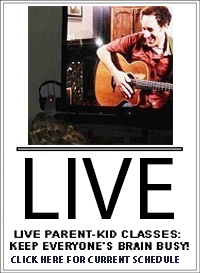Forms of folk dance far and wide depart from the common “shake the hips” moves and focus instead on the hands. In Uzbekistan and other Central Asian nations, dancers tell stories with their hands, using motions that express elements of a clear narrative. In Classical Indian dancing there are over fifty hand and finger gestures called MUDRAS which communicate specific events, ideas or emotions.
In many forms of music worldwide, rhythmic clapping enhances drums to provide a “handy,” human form of percussion. For example, QAWWALI, a Pakistani Sufi devotional music, features an intense hand-clapping chorus. Usually composed of five or six musicians sitting cross-legged, this chorus usually positions itself in a row behind the lead singer, background singers and HARMONIUM players.
FLAMENCO is Spanish high art, a powerful genre of music that developed from the multilingual, multicultural mix of Arabs, Jews, Christians and Romani present in Andalusia in the centuries after the 1492 Spanish “reconquest” of the Iberian Peninsula.
PALMAS refer to the rhythmic hand claps that flamenco dancers use to accent their own performances and that backing musicians and audience members contribute to add to the excitement of the song. PALMAS FUERTES (also called palmas claras, or “clear”) are used during types of loud footwork or loud musical performing. PALMAS SORDAS (also called palmas bajos, or “low”) are more for times when a guitar is playing or when the vocalist is singing to provide encouragement but to not overshadow the performance.
Enjoying Flamenco palmas as much as we do, we must also love other genres of music that give us a chance to “dance with our hands.”





Comments are closed.